
January 2021
1 January The United States of America surpasses 20 million cases
3 January Mask use in indoor areas becomes mandatory in NSW, Australia. Six cases of 19 new cases in managed isolation in New Zealand are announced as being from the new UK variant
6 January A symptomatic managed isolation worker sparked a lockdown in the Hamilton District Court, which was lifted two hours later when the worker’s test came back negative. A new variant of the virus is discovered in Brazil, after four people carrying it arrived in Tokyo
7 February Australian Prime Minister announces vaccine rollout to be brought forward to February
9 January One year since the first death from COVID-19 in Wuhan, China.
10 January New Zealand reported its first case of the South African variant (in managed isolation). 11 of the new cases are from a group of international mariners, also in managed isolation
13 January The United States of America surpasses 23 million cases
15 January Global deaths from COVID-19 exceed 2 million.
24 January A single new probable case is reported in Northland (and confirmed later than night), and becomes the first community transmission in two months for New Zealand. The individual has previously been through a 14 day isolation period in a managed isolation facility.
25 January Northland individual is reported to have the South African variant, 28 businesses in Auckland Northland are announced that the individual visited over 8 days (thanks to rigorous use of the tracing app by the individual). Australian Federal Government temporarily suspends the trans-Tasman travel bubble that had been in place since October due to the announcement of the South African variant case in Northland
26 January The total number of cases worldwide surpasses 100 million
27 January The close contacts of the Northland community case all test negative. However, two new cases from the Pullman Hotel (the managed isolation facility where the individual had isolated for 14 days) were being investigated.
28 January The above two new cases were confirmed, making them the second and third community transmissions for New Zealand in two months. Australian Federal Government extends the trans-Tasman travel bubble suspension by 3 more days.
29 January The Ministry of Health announces that it is reverting to daily reports
30 January The United States of America surpasses 26 million cases
31 January New Zealand has had a total of 2,304 cases, of which 2,208 have recovered, with 71 active cases (69 in managed isolation and 2 from the community), and the death toll remains at 25.
February 2021
2 February 20 countries worldwide have passed more than 1 million cases each
3 February The Prime Minister announces that MedSafe has conditionally approved the Pfizer vaccine for use in New Zealand, and that the first to receive such would be MIQ workers and their families. There will be a tiered roll-out, with it then moving on to health workers and rest-home staff. The vaccine was due to arrive at the end of March, but could be here earlier. Wider roll-out of vaccines is expected to start from July, but the exact details depended on different scenarios of risk and need (such as wider community transmission)
6 February One new community transmission is reported in Hamilton, linked to the Pullman Hotel in Auckland (was asymptomatic, having left the hotel on 30 January)
10 February A quarantine hotel at the airport in Melbourne is evacuated after hotel workers are found to be infected
12 February The Australian state of Victoria announced it would again enter lockdown across the entire state for 5 days in response to the Melbourne quarantine hotel outbreak (though sporting events, including the Australian Open tennis competition, could continue, just without spectators)
14 February Three new community transmission cases are reported in Papatoetoe, Auckland within a family where a parent worked in a profession associated with the airport. Auckland is moved to Alert Level 3 lockdown as at 11.59pm, with the rest of the country moved to Alert Level 2.
16 February A prior death that had been under investigation was found to indeed be caused by COVID-19, bringing New Zealand’s death toll to 26.
17 February Another three community cases are reported, all associated with the Papatoetoe cluster. It is announced that given the cluster is not widespread, Auckland would go down to Alert Level 2 as at 11.59pm with the rest of the country returning to Alert Level 1. Victoria’s 5-day lockdown was lifted
20 February 100 nurses became the first people in New Zealand to receive the first dose of the Pfizer COVID-19 vaccine. New Zealanders could again start travelling to Australia without needing to quarantine upon entering Australia (they would still have to quarantine for two weeks upon re-entering New Zealand however)
21 February First public vaccination in Australia takes place, Prime Minister Scott Morrison, Chief Medical Officer Paul Kelly, Chief Nurse Alison McMillan, and group of aged care staff and residents become the first.
22 February The United States of America passes 500,000 deaths
23 February Auckland drops to Alert Level 1, in line with the rest of the country
26 February It is reported that a family member of a COVID-19 positive student from the Papatoetoe school defied orders to isolate at home and went to work
27 February As a result of an older sibling of a Papatoetoe school student testing positive, Auckland was placed back on Alert Level 3 and the rest of the country on Alert Level 2.
28 February New Zealand has had a total of 2,376 cases, of which 2,285 have recovered, with 65 active cases (54 in managed isolation and 11 from the community), and the death toll is 26.
March 2021
1 March Target start date for vaccine Group 2 to begin vaccinations as part of the New Zealand vaccination rollout.. 28 port workers at Tauranga received their first dose of the vaccine
7 March Auckland drops to Alert Level 2 and the rest of New Zealand drops to Alert Level 1 again
8 March An additional 8.5 million doses of the Pfizer vaccine are secured by the New Zealand government
10 March COVID-19 Response Minister Chris Hipkins announces the vaccine roll-out plan for New Zealand
11 March Australian Medical Association criticises the Australian government’s vaccination targeted as implausible
12 March Auckland drops to Alert Level 1 to join the rest of the country. The United States of America surpasses 100 million doses of vaccine administered
13 March New Zealand has had a total of 2,422 cases, of which 2,305 have recovered, with 88 active cases (all of which are in managed isolation and so none from the community), and the death toll remains at 26.
22 March Brazil surpasses 12 million cases of COVID-19
24 March The United States of America surpasses 30 million cases of COVID-19
25 March Total number of worldwide cases surpasses 125 million
29 March Greater Brisbane goes into a 3 day lockdown after a cluster of the UK strain of COVID-19 grew to 7 people. India surpasses 12 million cases of COVID-19
31 March New Zealand has had a total of 2,497 cases, of which 2,399 have recovered, with 72 active cases (all of which are in managed isolation and so none from the community), and the death toll remains at 26. Target completion date for the 55,000 people in vaccine Group One for the New Zealand vaccination rollout

April 2021
1 April Three-day lockdown in Brisbane ends early, but some additional requirements that had been put in for the lockdown would remain in force, such as face-masks in public, 30-person limit for gatherings, etc
3 April Canada surpasses 1 million cases
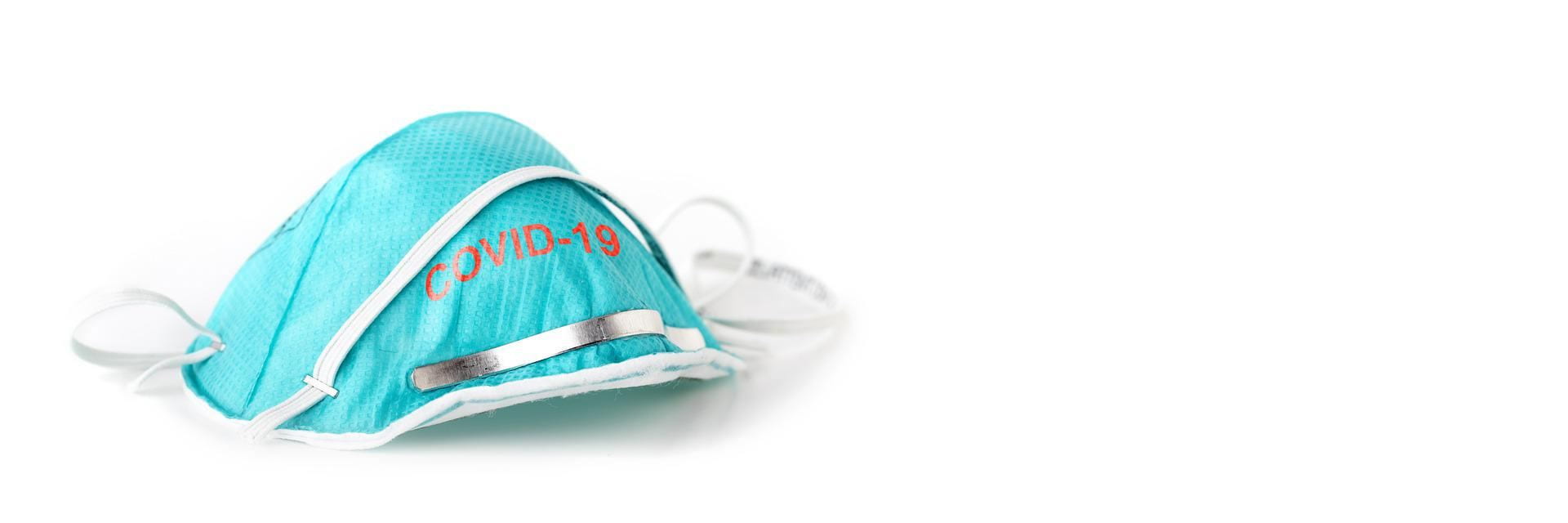
7 April The total number of vaccinations in New Zealand is reported at 90,286 (both first and second doses)
8 April The United States of America surpasses 31 million cases
9 April India surpasses 13 million cases
12 April NZ Prime Minister confirms that 86% of frontline workers have received at least one dose of the vaccine
15 April India reports over 200,000 new cases, bringing its total to over 14 million cases
16 April NZ Prime Minister announces that New Zealand will donate about 1.6 million doses of the vaccine (enough for 800,000 people) in an international vaccine sharing programme. According to John Hopkins, the global death has reached 3 million
18 April India surpasses 15 million cases
19 April New Zealand and Australia officially open a mutual ‘travel bubble’ no longer requiring 14-day quarantine between the two countries
21 April The total number of vaccinations in New Zealand is 183,351 of which 42,771 are second doses
22 April India reports over 314,000 new cases and over 2,000 deaths, bringing the total to over 16 million cases and a death toll of over 185,000
24 April The United States of America surpasses 32 million cases
26 April India surpasses 17 million cases.
28 April India reports over 360,000 new cases and over 3,200 deaths, bringing the death toll to over 200,000 and the total cases to nearly 18 million
29 April Global infections have reached 150 million
30 April New Zealand has had a total of 2,613 cases, of which 2,564 have recovered, with 23 active cases (all of which are in managed isolation), and the death toll remains at 26.
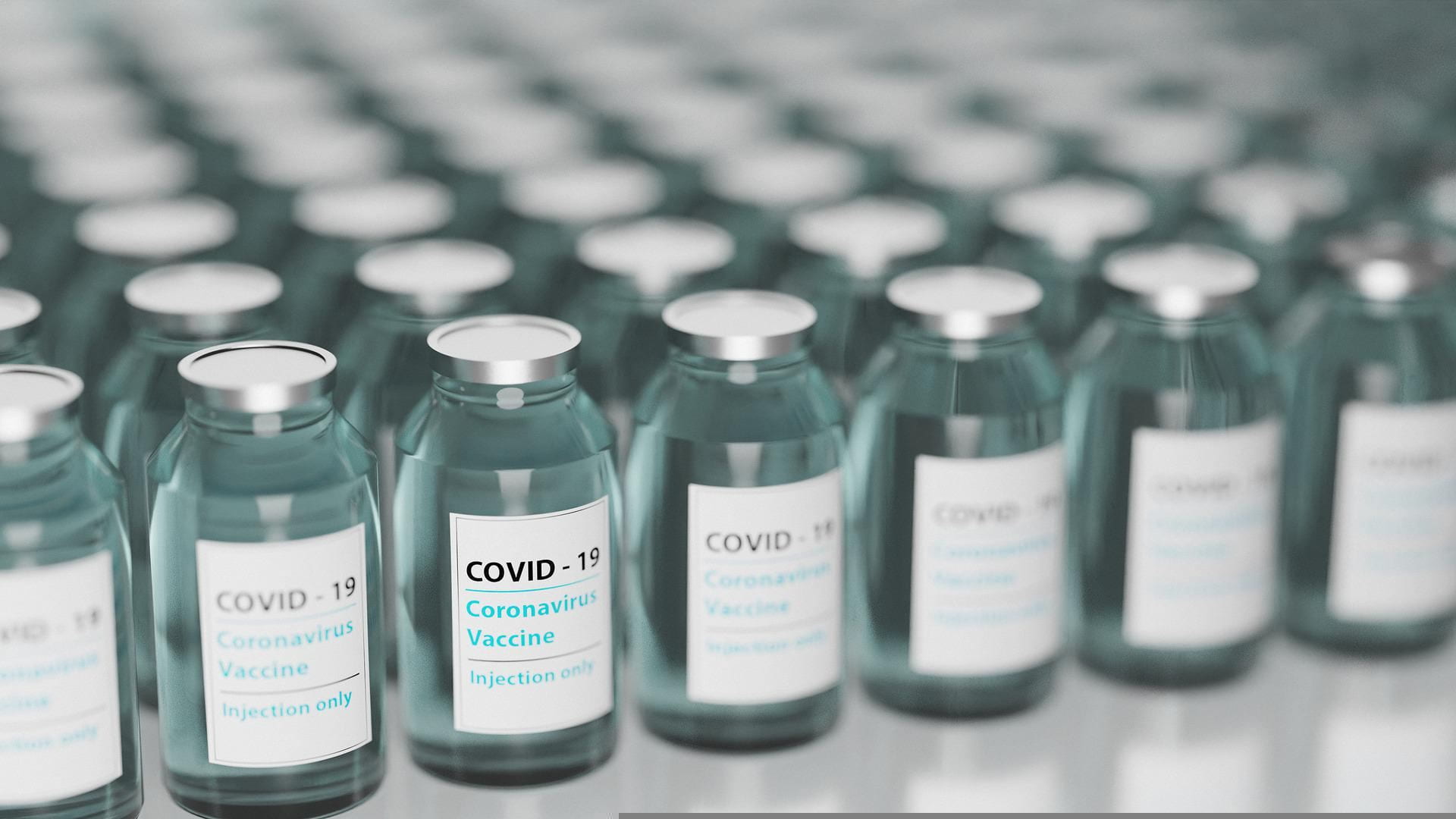
May 2021
1 May India reports a record high of over 400,000 new cases and over 3,200 deaths, bringing the total number to over 19 million and total deaths to over 211,000. Target start date for the vaccine Group 3 to begin vaccinations as part of the New Zealand vaccination rollout
3 May New Zealand Prime Minister announces that New Zealand will open a new ‘travel bubble’ with the Cook Islands on 17 May
6 May Quarantine-free travel from NSW is “paused” as community cases in Sydney are investigated
17 May Quarantine free flights to Cook Islands permitted
25 May Quarantine-free travel from Victoria is “paused” as community cases in Melbourne are investigated announced that the travel bubble with Victoria will be extended until 4 June.
27 May Victoria imposes a seven day lockdown as community cases increase. It is It is announced that the travel bubble with Victoria will be extended until 4 June.
June 2021
3 June It is announced that the travel bubble with Victoria will be extended until 4 June.
8 June NZ Government announces a 1 million Pfizer vaccine doses are due to arrive in July.
10 June It is announced that the pause on the travel bubble with Victoria will be extended until 17 June.
17 June NZ Vaccination roll-out for first doses of Pfizer vaccinne is announced: over-60s will be offered vaccination from 28 July; over-55s from 11 August; over-45s to from mid to late August; over-35s from mid to late September. All other age groups will be eligible from October 2021. It is announced that the pause on the travel bubble with Victoria will be extended until 22 June at least.
21 June The Pfizer vaccine is approved by Medsafe for 12 to 15 year olds.
22 June Quarantine-free travel from NSW is “paused” as community cases in Sydney are investigated. Victorian travel bubble resumes/ opens.
23 June Wellington region moves to Alert Level 2 after Australian traveller returns to Sydney as a positive case.
24 June It is announced that the NSW travel bubble will be extended until 6 July at least.
26 June Trans-Tasman travel bubble closes until at least 29 June as community outbreaks increase across Australia. Australian case that visited Wellington is confirmed as the Delta variant. Covid tracer application hits nearly 1 million scans in 24 hours.
27 June Wellington region will stay in Alert Level 2 until 11.59pm 29 June. 2444 contacts of the delta case that visited Wellington are confirmed.
29 June Wellington region returns to alert level 1. Trans-Tasman travel bubble closes extended until 4 July, with Western Australia, Northern Territory, New South Wales and Queensland extended until at least 6 July.
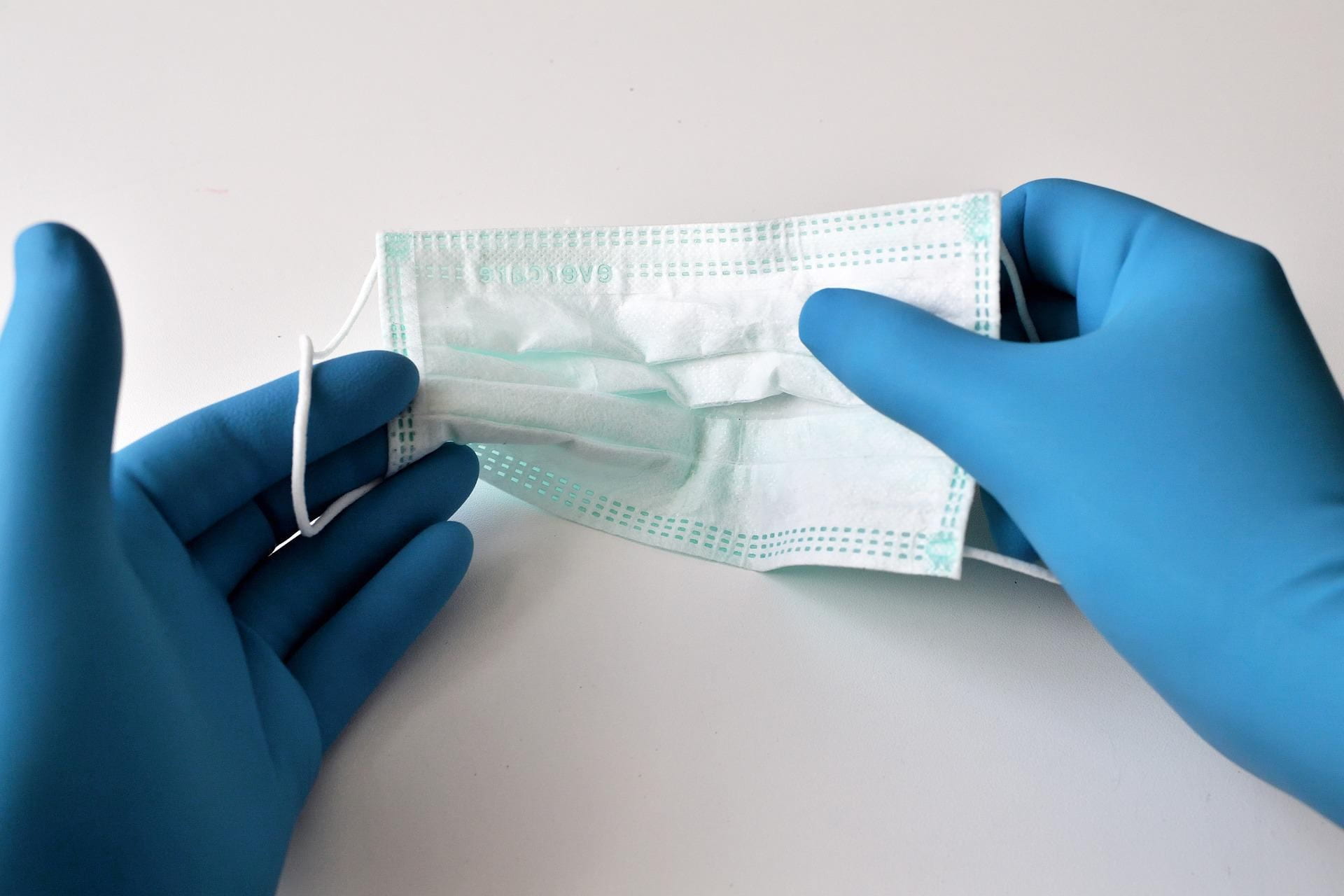
July 2021
3 July 150,000 Pfizer vaccine doses arrive in New Zealand, as stocks near complete depletion.
10 July Travel bubble between New Zealand and Western Australia resumes.
13 July Managed return flights from Sydney begin tomorrow, with travellers having to go into 14 days of managed isolation on return. QFT from Queensland to resume at 11.59 tonight.
15 July Border worker compulsory vaccination requirements expanded to include port and airport workers. Managed return flights from NSW resume. Quarantine free flights from Queensland resume. Vaccination made compulsory for more border workers
16 July Playa Zahara ship birthed at Taranaki has 16 crew members test positive for Covid-19. Quarantine-free travel from Victoria to New Zealand is paused.
18 July Thirteen Covid-positive Playa Zahara members are taken ashore in Christchurch
19 July The largest shipment of Pfizer vaccines arrives in New Zealand (370,000 doses)
20 July Quarantine-free travel from South Australia to New Zealand is paused.
23 July Flights from anywhere in Australia to New Zealand are suspended for at least 8 weeks. New Zealand residents can return on managed return flights until 30th July.
27 July Vaccination bookings begin for those 60 years of age or older.
August 2021
1 August First booster vaccines delivered
6 August Vaccination bookings for those aged 55 – 59 years old are opened.
17 August Community case in Auckland is identified. The case is believed to have been infectious since the 12th August and visited several location in Coromandel town. An alert level four lockdown for all of the Auckland region is subsequently announced, to commence form midnight. The vaccination roll-out is paused for two days. This case signals the beginning of a Delta outbreak in New Zealand.
18 August Nine further community cases are identified in Auckland all linked to the original community case from 17 August.
19 August Eleven further community cases are identified.
20 August Eleven further community cases are identified in Wellington, linked to the Auckland outbreak. An alert level four lockdown for all of New Zealand is subsequently announced, to commence form midnight. Those aged 12-15 become eligible for the Pfizer vaccine.
21 August New Zealand reaches a Covid-19 testing record of 41,464 PCR tests taken, 31,000 taking place in Auckland.
22 August. It is announced that all businesses must ensure visitors or customers sign in using the Covid Tracer App or a manual sign in form.
23 August Community cases reach a total of over 100 (throughout New Zealand).
25 August Community cases reach a total of over 200 throughout New Zealand.
28 August Community cases reach a total of over 300; 19 people hospitalised, 1 in ICU
29 August Community cases reach a total of over 500 throughout New Zealand.
31 August The Delta outbreak continues, with all new cases reported in Auckland. Subsequently, all of New Zealand excepting Auckland and Northland move to alert level three.
September 2021
2 September Record number of first dose of vaccinations delivered (65,202 doses). Northland changes to alert level three (Auckland remains in four).
3 September One new death in Auckland, as a result of Covid-19 and underlying conditions. Total death toll for the pandemic is now 27.
7 September All of New Zealand excepting Auckland move to a “revised” alert level two. The alert level is revised due to the severity of the Delta variant of Covid-19. Requirements include wear a mask in most public areas and reduced group gathering sizes.
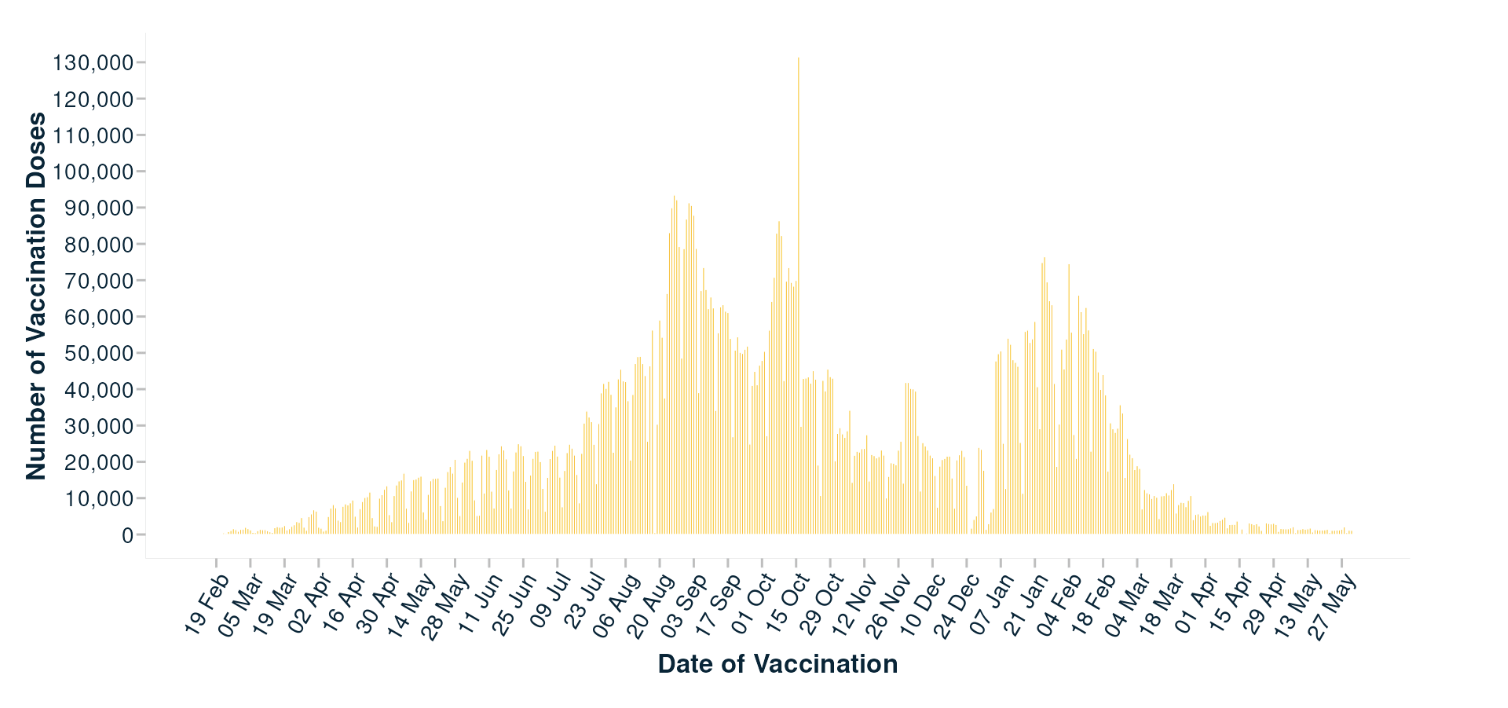
8 September Over a million Covid Tracer App scans take place for a 24 hour period.
11 September Three people who attended Middlemore Hospital test positive. Subsequent positive cases linked in days to come.
16 September Dr. Ashley Bloomfield announces a vaccination target for the general population of 90 per cent, stating this is necessary to effectively stop severe illness and death from of Covid-19.
19 September Community cases in the Delta outbreak reach over 1000 in total
20 September Outbreak in northern Hauraki area sees a localised alert level four implemented with group gathering restrictions
21 September Auckland alert levels shifts from four to three, until 5th October at least. All other regions stay at level two (excepting the Hauraki local restrictions).
22 September Northern Hauraki joins Auckland at alert level three
25 September Northern Hauraki moves to alert level two with the rest of the country
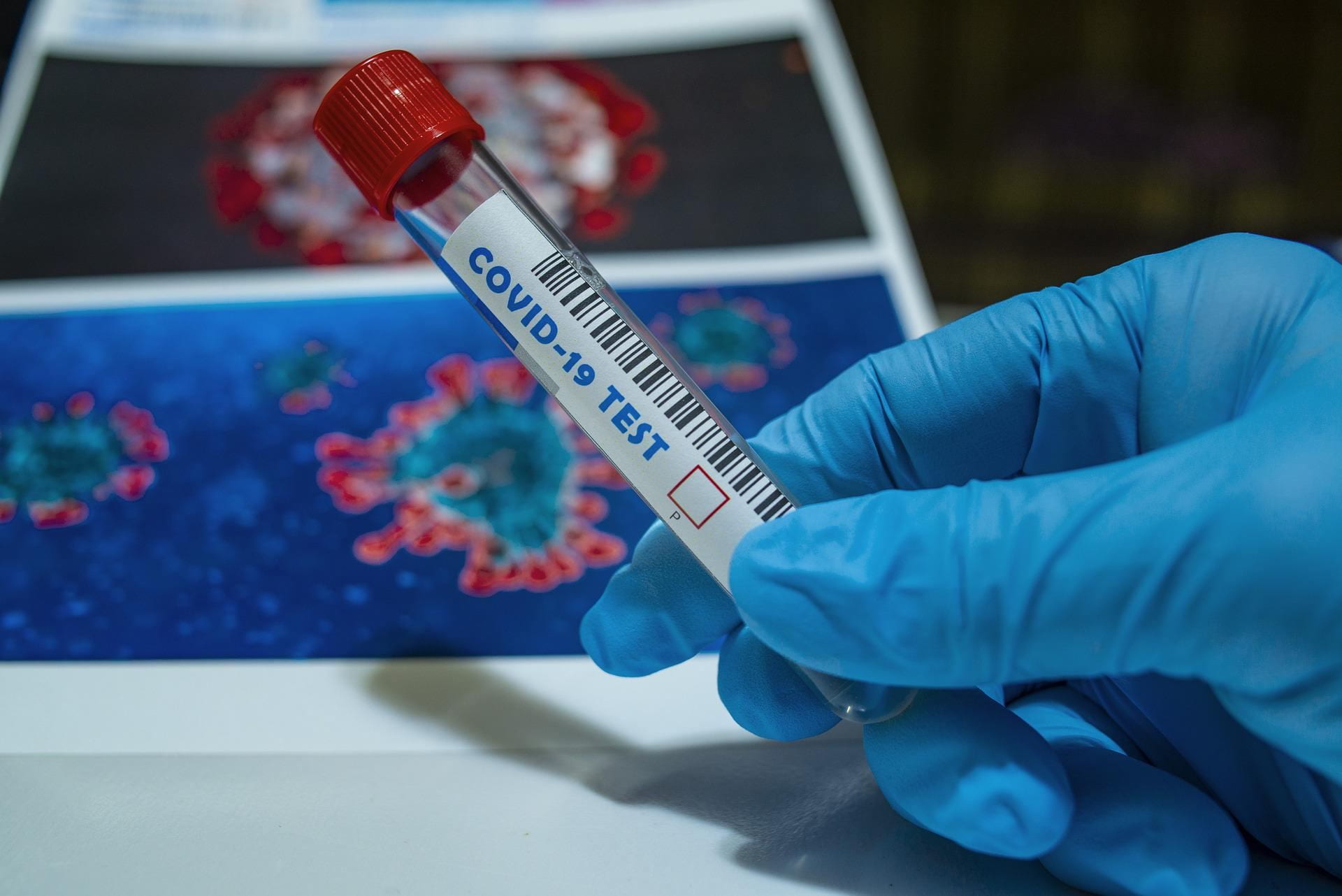
October 2021
3 October Community cases in Waikato see localised areas within the region move to alert level three
4 October PM Jacinda Ardern signals the end of the elimination strategy to a “suppression” strategy, with the vaccination roll-out target suggested as a key factor in this decision. Auckland enters the eighth week of lockdown. 235 million cases of Covid-19 have been recorded globally and over 5 million deaths reported.
5 October New alert level restrictions announced for Auckland at level three ‘step 1’: up to two household “bubbles” of up to 10 people can meet socially distanced outdoors, ECE centres re-open with maximum of 10 attendees, and within-region travel opens.
6 October Timing between first and second doses of vaccine is recommended to a three to four week period (previously six weeks). One new death at Middelmore Hospital. Total death toll for the pandemic is now 28.
8 October Northland moves to alert level three.
13 October Launch of the ‘My Covid Record’ site. The site allows individuals to access Covid-19 vaccine records for vaccination pass certificates for travel or other vaccine mandated activities.
15 October Unlinked cases are exceed 100, signalling the Delta virus is uncontained.
16 October “Super Saturday” vaccination event: Second dose of vaccination rates peak at 90,997 doses in a single day. A total of 130,002 vaccine doses were also administered. Auckland region DHBs record 85 per cent of eligible population has now been vaccinated.
20 October Northland moves to alert level two.
22 October New Zealand government announces the move to the Covid Protection Framework (traffic light) system.
27 October Alert level restrictions ease to “step 1” for Waikato areas in level three
November 2021
5 November One new death reported, bring the New Zealand death toll to 29.
9 November Auckland moves to alert level 3, step two.
12 November National vaccination rate hits 90 per cent for first dose, 80 per cent for the second dose.
14 November MIQ stays are reduced from 14 to 7 days (announced 28 October).
15 November It is announced that Pfizer “booster” vaccines will be available from 29 November.
17 November Year 1 to 10 students in Auckland and Waikato can return to schools from today. My Vaccine Pass becomes available.
19 November Auckland DHB reaches 90 per cent vaccination rate for the eligible population, the first DHB to reach this.
22 November The launch of a new alert level system, the Covid Protection Framework (traffic light system), to be implemented from 2 December, with Auckland in the “red” setting and the rest of the country TBC.
24 November World Health organisation recognises Omicron as a “variant of concern”
25 November New Zealand government places restrictions on travel from southern African countries (South Africa, Namibia, Zimbabwe, Botswana, Lesotho, Eswatini, Seychelles, Malawi and Mozambique) rating these as very high risk as a result of Omicron variant outbreaks.
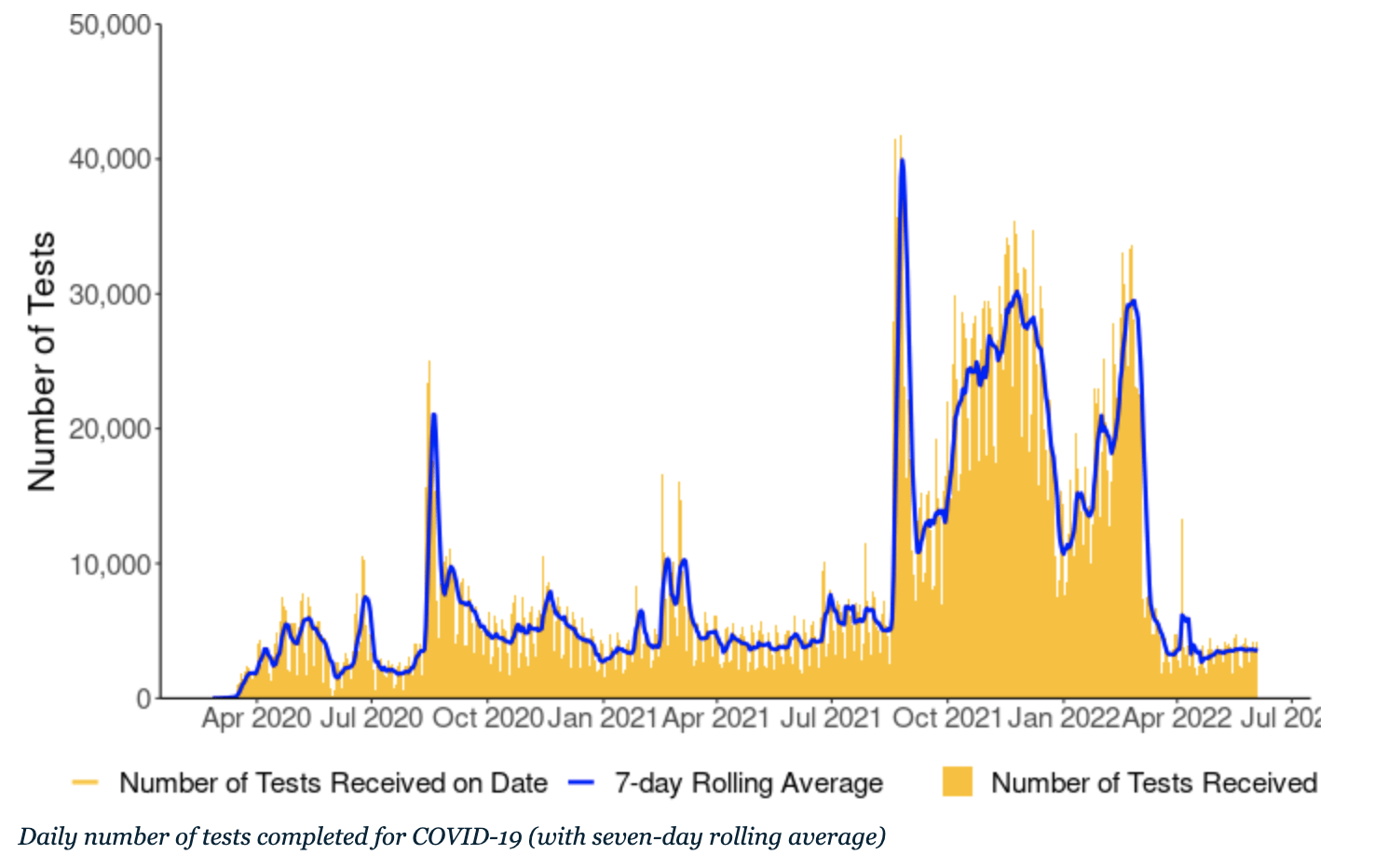
December 2021
2 December The new Covid Protection Framework is implemented: Auckland, Northland
13 December It is announced that Auckland and other regions in red will move to orange setting on 30th December. Northland is to remain at the red setting.
15 December Auckland opens regional borders for travel for those fully vaccinated.
16 December First Omicron case detected in New Zealand (at the border). Second dose vaccinations hits 90 per cent for the eligible population.
21 December New Zealand Government announces the delay of the border reopening phasing in until the end of February.
27 December DJ visiting New Zealand tests positive for the Omicron variant. The entire mandated self-isolation period after arriving in New Zealand was not completed, and travel around Auckland while infectious is likely to have spread the virus.
31 December First community case of Omicron detected in New Zealand.
